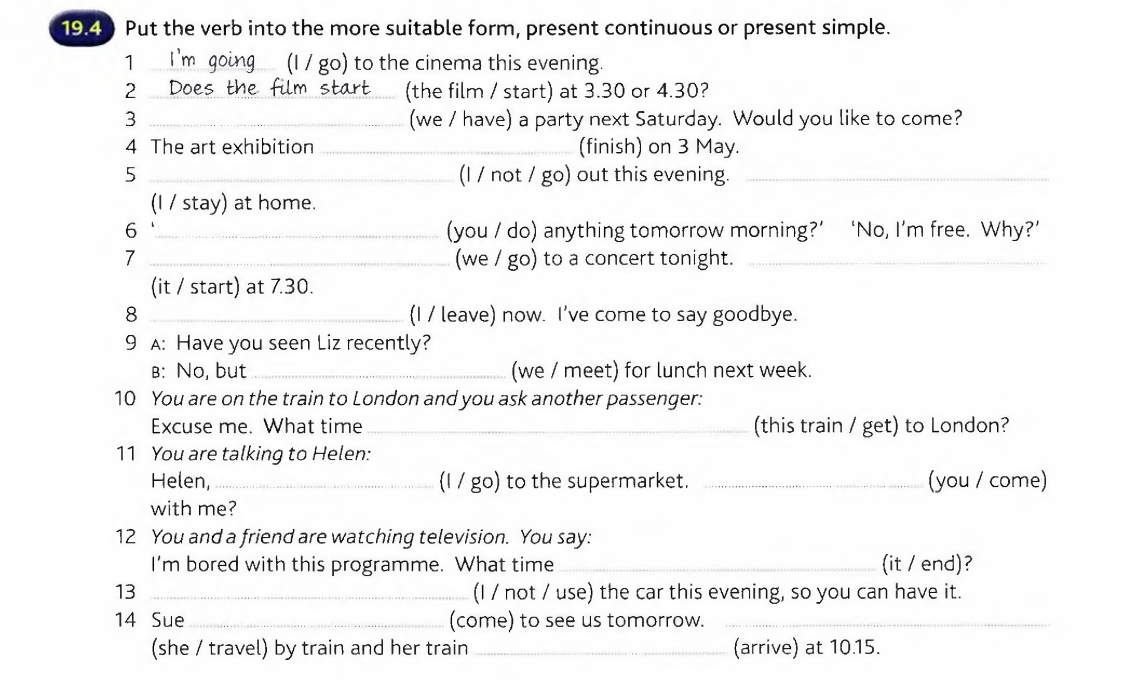Today is the third class of your current four class set.. We will begin class with a casual conversation. We will go over the grammar together. We will finish class with a reading exercise. Your homework is to listen to the audio and follow the transcript. Please listen one time. This story is from 2014.
AUDIE CORNISH, HOST:
It's time to unravel some news in our summer series, unfolding science. NPR science correspondent Joe Palca has been bringing us stories about the science of how things fold and unfold. He saw a report today in the journal "Science." It's about engineers who got a flat sheet of paper to fold itself into a robot, so Joe's going to tell us about how this all - well, unfolded.
JOE PALCA, BYLINE: The engineers started with a straightforward goal.
SAM FELTON: We wanted to try and make robots and machines in general as quickly and cheaply as possible.
PALCA: That's Sam Felton. He's a graduate student at the Harvard School of Engineering and Applied Sciences.
FELTON: One way to do that is to start with a flat sheet because it's very fast and it's relatively cheap to make flat things.
PALCA: And now you can print and electronic circuits on a flat sheet of paper, for example. And if you use some clever folding techniques - techniques based on the ancient art of paper folding called origami, you can fold these sheets into useful structures - maybe a crab-shaped robot that can scuttle across the floor or a bird-shaped robot that could really fly. Problem is, it takes a long time for humans to make all the complicated folds in these flat sheets.
FELTON: Our goal then, was to try and make them fold themselves in order to save time.
PALCA: So Felton and his colleagues printed hinges onto their flat sheets of paper and then attached a tiny microprocessor to the sheet.
FELTON: And it tells each hinge when to fold into place.
PALCA: Sounds simple, but I told Felton I thought I saw a problem with his scheme.
Most of the pieces of paper that I've used, even if they have electronic circuits on it, will not fold if you just tell it to.
FELTON: Of course, so our self-folding technology uses something called shape memory polymers which you might be familiar with as Shrinky Dinks.
(SOUNDBITE OF ARCHIVED RECORDING)
UNIDENTIFIED WOMAN: Welcome to the magical land of Shrinky Dinks.
PALCA: Shrinky Dinks?
FELTON: Yes.
PALCA: What? I'm sorry. Maybe I missed those in my youth, but what's a Shrinky Dink?
FELTON: It's alright. I never played with them either. It's a sheet of plastic, and the idea is that kids can draw on them and put them in the oven, and they'll shrink by 50 percent in either direction. In our case, we attached this to paper...
PALCA: And when the microprocessor wants to execute a particular fold, it turns on a tiny electronic heater printed on the paper, causing the Shrinky Dink to shrink.
FELTON: And this, in turn, pulls on the paper, causing the paper fold.
PALCA: You can watch Felton's folding robot do its folding thing at our website, npr.org. Felton is now working on tiny, bug-sized folding robots that could - I don't know - crawl into tight spaces and check for damage. Felton says you could also make larger things that fold autonomously, and I'd like to encourage him to think in that direction. How about clothes that fold themselves when they come out of the laundry? Now, that would be really welcome. Joe Palca, NPR News.
